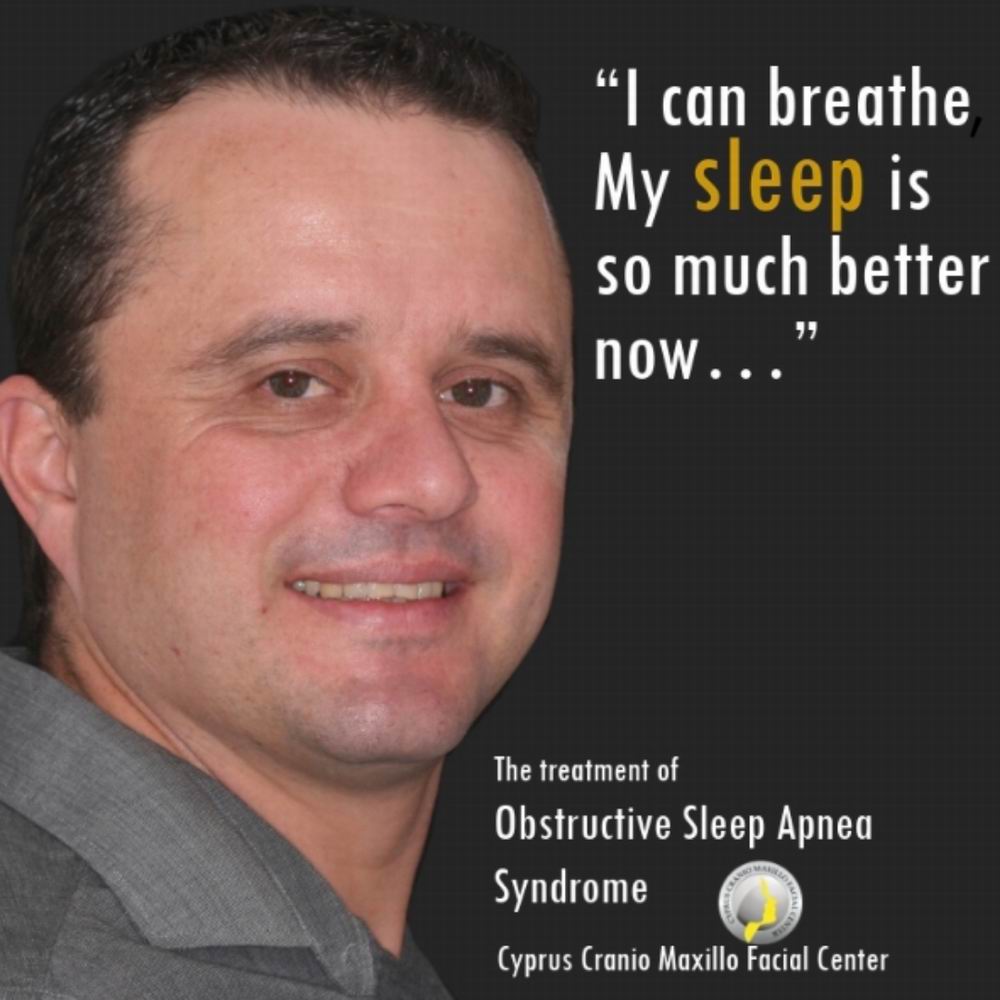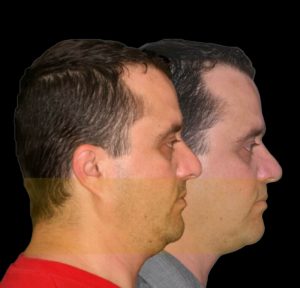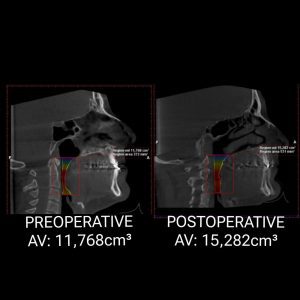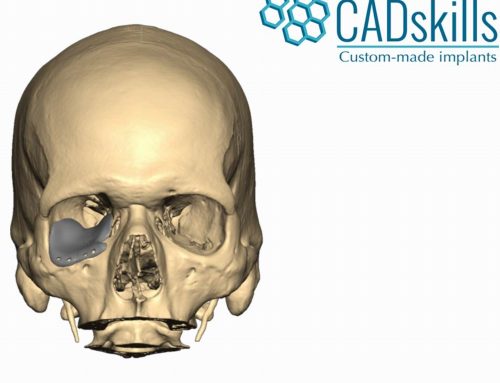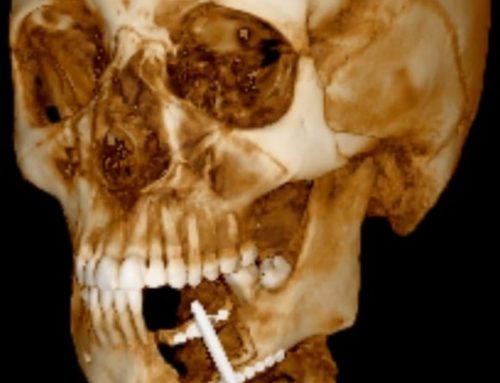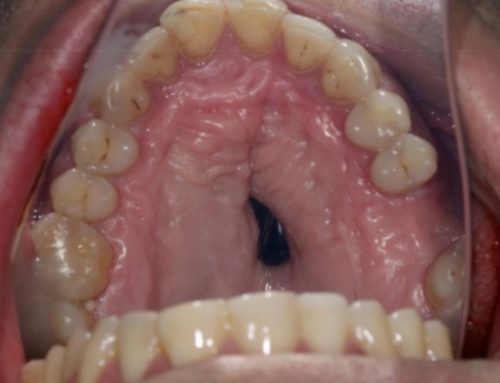“Sleep apnea is a life-threatening disease, characterized by repeated episodes of hypopnea, apnea or RERA during sleep due to complete or partial obstruction of the upper airways. It occurs more often in men, less often in women but also in children.” Dr. Zoe Nikolaou
What happens in sleep apnea is when your breath repeatedly stops for about 10 seconds at regular intervals during sleep. If left untreated, it can cause fatigue, difficulty concentrating and memory, depression and irritability during the day, headaches, decreased libido or more serious issues such as heart problems, arrhythmias, high blood pressure and diabetes.
People with sleep apnea tend to snore much louder than those with normal snoring, stop breathing suddenly, take shallow breaths, gasp or “choke” in their sleep, and are generally restless during sleep.
People with blocked nasal passages, with excess tissue in the upper airway, with a large tongue, with large tonsils usually have sleep apnea, while the shape of the jaw and airway also play a key role.
Sleep apnea, is not considered fatal. However, research has found that people who have the condition are twice as likely to die suddenly within a given period of time as those who don’t, especially if it’s not treated.
After a study and depending on the indication in relation to the patient’s problem, the anatomy of the mouth and the overall dental evaluation, we will follow the corresponding treatment path.
Patients suffering from sleep apnea or apnea are treated in 3 ways:
- Invasive with the surgical method MMA (Maxillomandibular Advancement),
- With a positive pressure CPAP machine or
- By creating a personalized intraoral appliance.
Regarding the MMA (Maxillomandibular Advancement) surgical method, it is the most effective method for the complete control of obstructive sleep apnea syndrome and improving the quality of life, as it offers skeletal stabilization of the upper and lower jaw which moves forward and enlarges the upper airway.
In this maxillofacial surgery, preoperative virtual scanning with 3D imaging is used to maximize precision and efficiency in the operating room.
The post-operative PSG sleep study is performed after six months and shows that the majority of obstructive sleep apnea syndrome is treated with a success rate of over 90%. In addition, patients find that they benefit from an improvement of their facial aesthetics after the invasive MMA surgical method.

